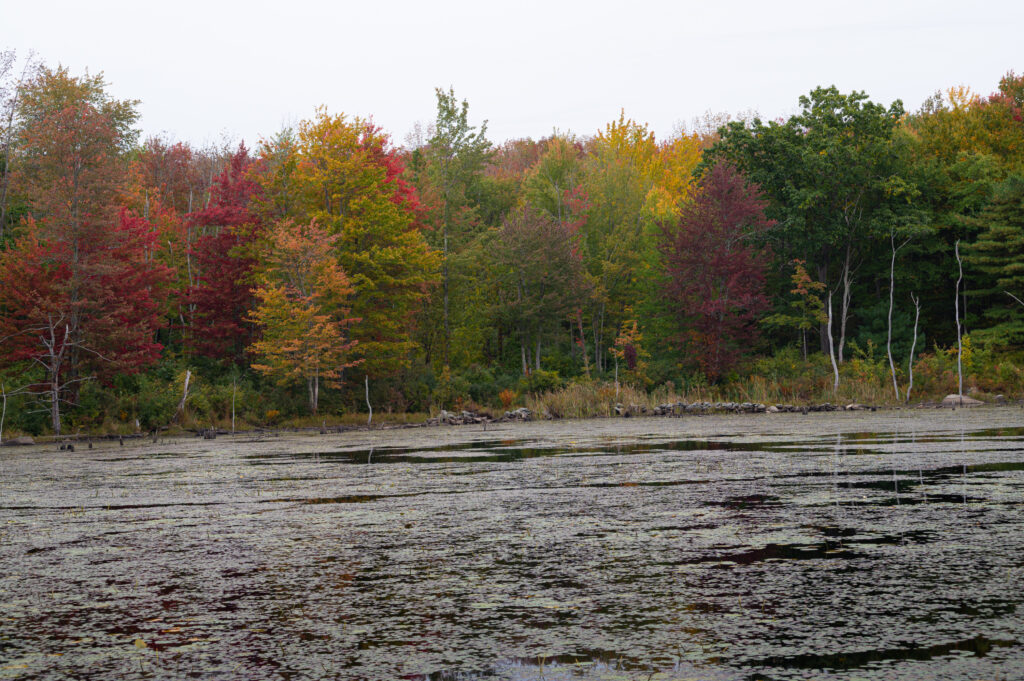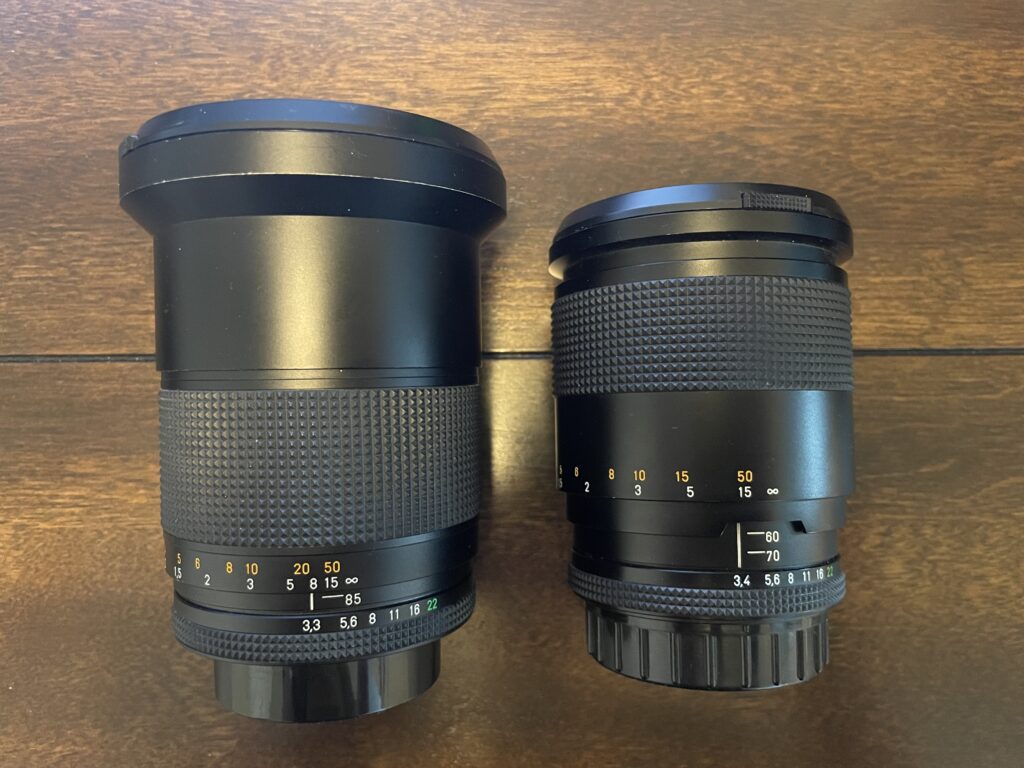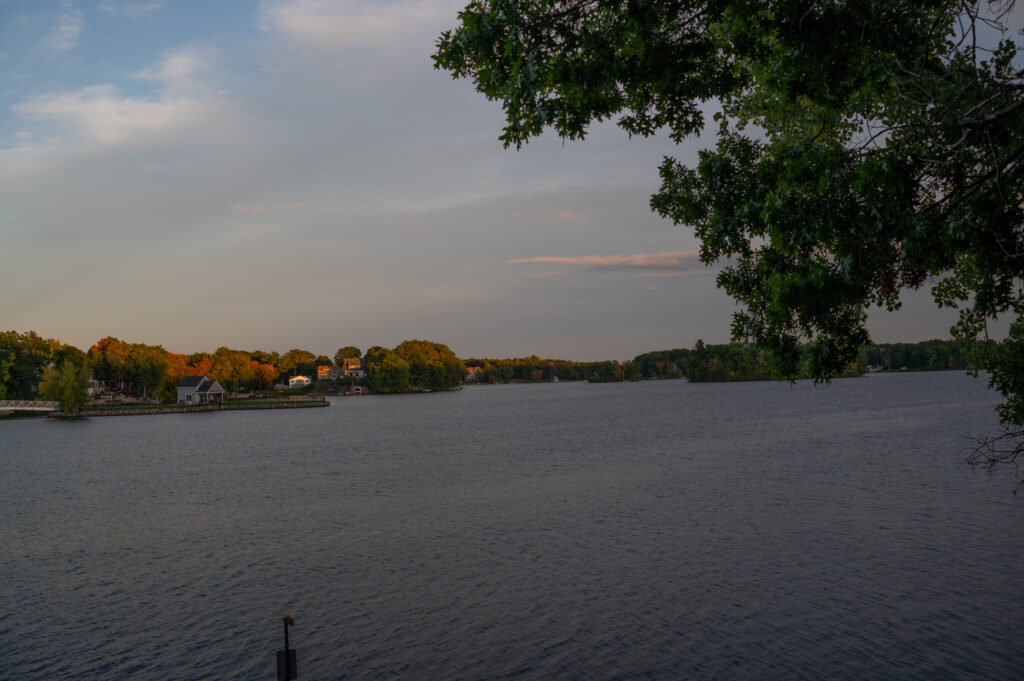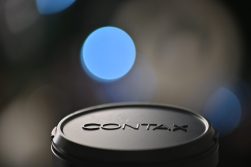
When thinking of a standard zoom from CONTAX, it’s usually the 35-70mm f3.4 that people rave about. I’ve always shot with the 28-85mm and never really understood the lure of the 35-70mm. After shooting with it for a few days I’ve come to learn a few possible reasons for its highly regarded reputation. The first is the lack of corner light falloff, or vignetting. Take a look at the top corners of the image below shot at 35mm:

Notice the complete lack of light falloff? Now take a look at the top corners of the 28-85mm f3.4-4:

As you can see, the 28-85mm has a great deal of light falloff in the corners. At 35mm the differences are less noticeable. Personally, I’d rather have the extra on the wide end and just correct in post.
As I continue to review this lens I’ll do some comparisons to figure out if one lens is sharper than the other. The 35-70mm f3.4 is definitely smaller and lighter. It’s the lens I would walk around with all day, while the 28-85mm is starting to exceed the size of what is comfortable for a day hike.

I enjoy the extra zoom range of the 28-85mm but the extra weight of it has me often going for the lighter 35-70mm f3.4.
Here’s another shot from the 35-70mm f3.4:

Typically Zeiss colors and contrast, although the above image is getting a bit dark towards sunset. This is another issue to consider when adapting a vintage lens to your mirrorless camera, metering may not always be perfect, and if you stop down the lens, the lens is stopped down right away, thus allowing less light for the camera to figure out the proper metering. None of this is a problem if you shoot in manual mode, and even in aperture priority the cameras usually does a good job at properly metering the scene.
Macro
One interesting aspect of this lens that sets it apart from the 28-85mm is the macro section of the zoom ring. If you’re zoomed out to 35mm and turn the focus to minimum, you’ll be able to go further than minimum and into the macro range. This adds the additional versatility of not only having focal lengths from 35mm to 70mm, but also macro capability. Below is shot at minimum focus distance while in macro mode:

The colors and detail at macro distances are outstanding.

Check back for the full review coming shortly. As of now, this is turning out to be an outstanding vintage lens.
